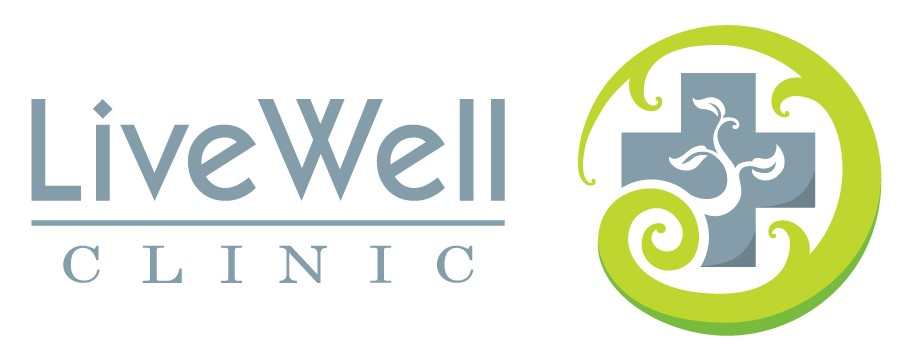How to Interpret Those Food Product Labels
How often are you at the grocery store reading labels and wondering what they really mean? What do you look for in a label? Does your shopping reflect an interest in your health and well-being as well as that of the foods you eat? Here's how you can interpret those product labels:
Sustainable Seafood is labeled as such when the species’ are being harvested at a rate that minimally impacts their ability to reproduce.
Organic Foods must be comprised of at least 95% organically produced ingredients. The other 5% must come from a national ingredients list provided by the USDA.
The “natural” label can be placed on any foods that were minimally processed and contain no artificial ingredient or added color.
Wild-caught Fish were caught in their natural habitat, but this label doesn’t specify how they were caught or whether the fishing methods used are sustainable.
Antibiotics are given to factory-farmed animals to prevent and treat an array of pathologies. There are conflicting reports on the health implications of these antibiotics on humans who eat these animals. No antibiotics means none were given, however, there is not currently any third party testing on these claims making the assertion unreliable.
Many are led to believe the vegetarian-fed label is a positive, however, chickens are omnivores! While they aren’t fed any animal waste products, this label also means they weren’t given their natural, species specific diet and it doesn’t say anything about how they were raised.
Grass-fed Animals are fed a diet primarily of grass, which is their natural, species specific food source, but these animals can be finished off with a grain diet for the past couple months to vastly increase their size and at least somewhat negate the health benefits of a completely grass-fed diet.
Pasture raised Animals are allowed to roam in open pastures and graze at their leisure and, in many cases, this is how they spend the majority of their time. Nutritional analysis suggests that these animal are healthier and thus, healthier for you.
Cage-free Hens lay eggs in an un-caged area and generally have more space than battery-cage hens, but they are still generally crammed into barns or warehouses impeding their natural behaviors. This specification doesn’t specify any access to the outdoors and it doesn’t indicate anything regarding the diet fed to the hens or whether they are given antibiotics or additives.
Free-range Hens are similar to cage-free hens, but with access to the outside provided. This doesn’t mean that these hens ever actually get outside though and it doesn’t provide restrictions for antibiotics, feed type, or their environment.
Product labeling is confusing, particularly as it relates to animal protein sources. I seek out pasture raised, sustainable, and organic when choosing my foods. My hope is these simplified definitions list will aid you as you navigate what is healthy and ethical in your local grocery store.
Content provided by the doctors and practitioners at Live Well Clinic in La Quinta. If you would like more information or have any health related question, please call 760-771-5970, email info@livewellclinic.org or visit www.livewellclinic.org
